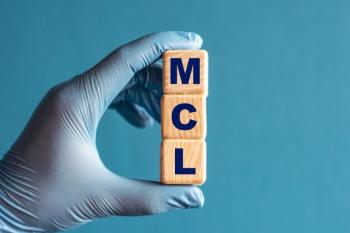
Identifying the Top 5 Low-Value Services That Can Be Targeted for Reduction
A campaign to cut low-value clinical services has identified the top 5 based on cost, harm, and prevalence that can be targeted for reduction.
This article was collaboratively written by A. Mark Fendrick, MD, director of the Center for Value-Based Insurance Design (V-BID), and several V-BID Center staff.
As the future of the American healthcare system is debated in legislative chambers, classrooms, and living rooms across the country, one thing that almost everyone agrees upon is the need to cut costs while maintaining, or ideally improving, the quality of healthcare delivery.
The United States spends significantly more on healthcare, both per capita and as a percentage of the gross domestic product, than any other developed nation, yet fails to achieve commensurate health outcomes.1 One reason for this discrepancy between health spending and outcomes is the large amount—upwards of $200 billion a year according to experts—that the United States spends on low-value care that provides no additional health benefit and, in some instances, may even be harmful to patients.2
Though the substantial contribution that low-value care makes to US healthcare expenditures is not a new revelation, previous efforts to identify, quantify, and reduce the use of low-value clinical services have been met with challenges. Campaigns such as the
Building upon the lessons of the Choosing Wisely initiative, VBID Health’s
- Unnecessary diagnostic testing and imaging for low-risk patients before low-risk surgery
- Vitamin D screening tests
- Prostate-specific antigen (PSA) screening in men age 75 and older
- Imaging for acute low-back pain within 6 weeks of onset, unless clinical warning signs are present
- Use of more expensive branded drugs when generics with identical active ingredients are available
These services—chosen with the tenants of
To learn more, view the infographic below, read the Task Force on Low-Value Care’s
References
- “Health Spending.” Organisation for Economic Co-operation and Development. (2016).
- Berwick DM, Hackbarth AD. Eliminating Waste in US Health Care. JAMA. 2012;307(14):1513. doi:10.1001/jama.2012.362.
- http://www.vbidhealth.com/docs/TF-LVC%20Top%205%20List.pdf
Newsletter
Stay ahead of policy, cost, and value—subscribe to AJMC for expert insights at the intersection of clinical care and health economics.







































